
Abstract In 1933, the engineer Eugenio Miozzi (1889-1979) is appointed responsible of the Venice technical bureau. Being an expert in the design of concrete bridge, he is first commissioned to project the new vehicular bridge connecting Venice to the mainland. It happens six years later the creation of Greater Venice which includes large portion of …

Abstract In the first half of the XX.the century, Gustavo Giovannoni (1873-1947) has acted as a leading figure first in the Roman, later in the Italian context. His action aimed at linking aspects traditionally tackled in separated form, such as urban conservation and town planning in historic precincts. In his perspective, one side of the …

Abstract In Italy, as well in West Germany, a cycle of interrupted and astonishing growth is coming to an end, in the early 1970’s. In that period, the overrated story of Bologna and its “centro storico” can be taken as a sample of a turning point in the Italian perception of many questions concerning urban …
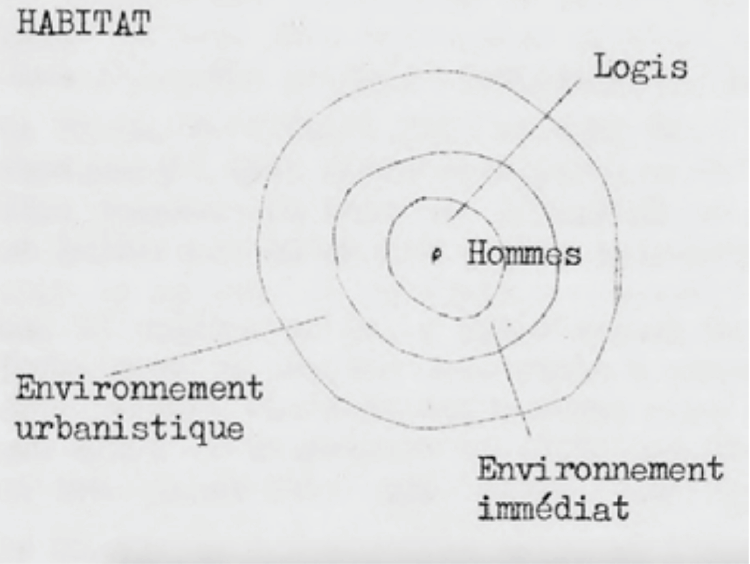
Abstract Vis-à-vis the crisis and “the collapse of Modern Architecture” (Grahame Shane, 1983) in the 1950s, this article specifically reflects upon a CIAM meeting held in Sigtuna (Sweden) in June 1952. Though conceived as a preparatory meeting, Sigtuna turned into a salient, “so alive small Congress” (Forbat, 1952) which echoed the organic values of the …
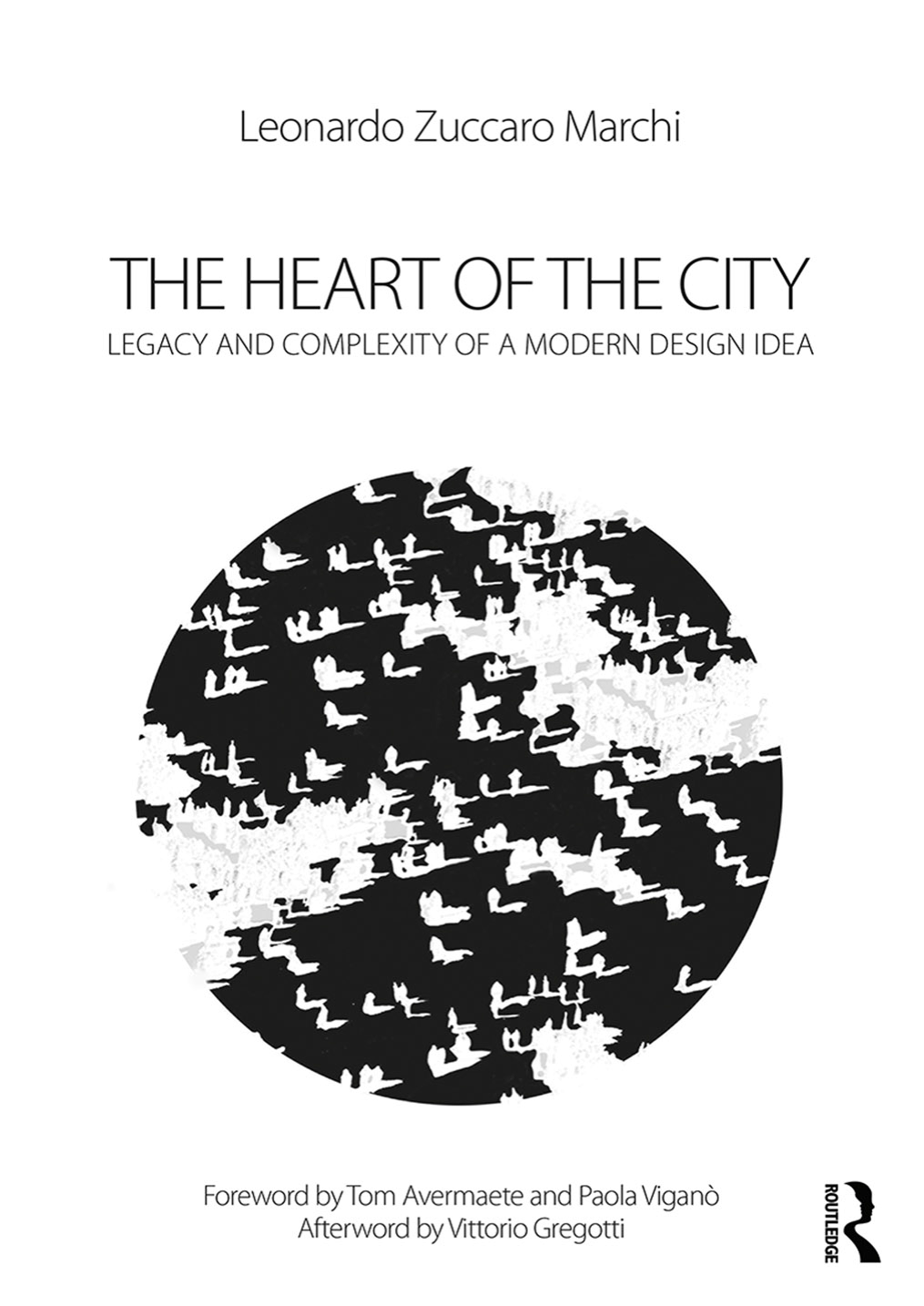
Abstract The Heart of the City concept, which was introduced at CIAM 8 in 1951, has played an important role in architectural and urban debates. The Heart became the most important of the organic references used in the 1950s for defining a theory of urban form. This book focuses on both the historical and theoretical …
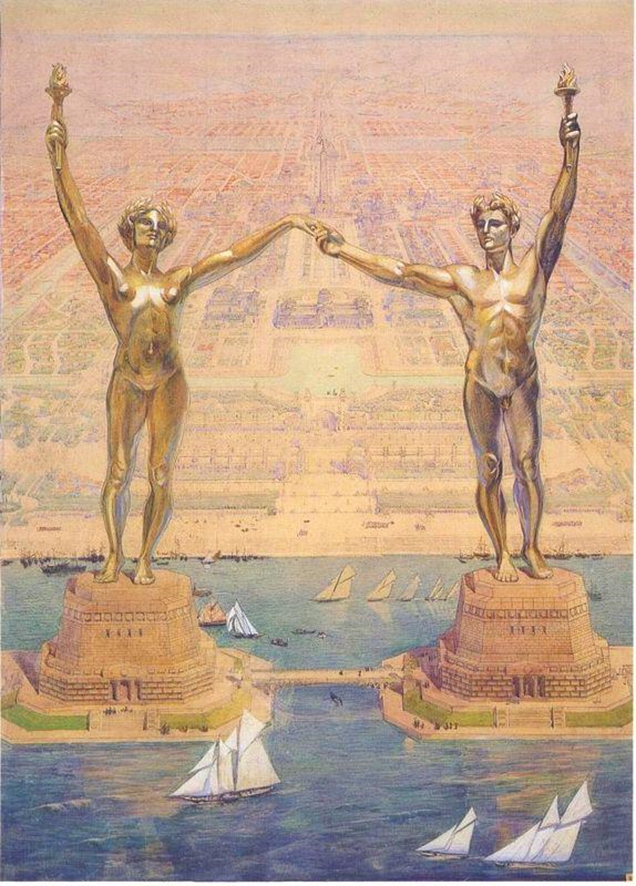
Abstract This book examines the innovation and diffusion of modern urban planning ideas in Western Europe, North America, Japan and Australia during the twentieth century. It charts the creativity of the early twentieth century, the broader national agendas for social improvement of the interwar years, the destruction of war and the high hopes for reconstruction …
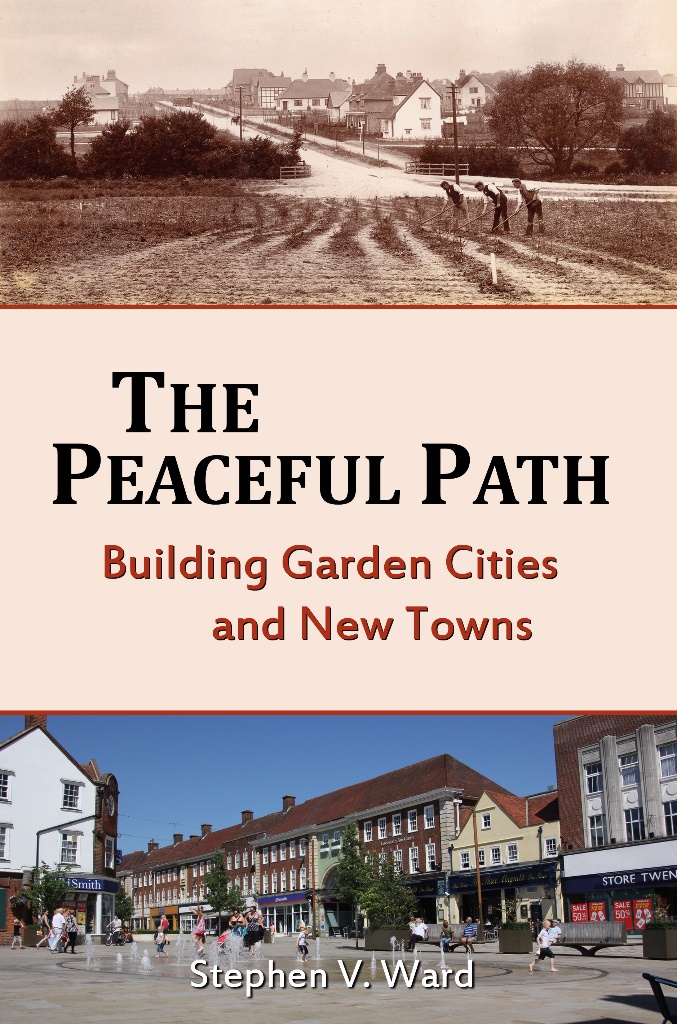
Abstract Ebenezer Howard’s visionary tract, To-morrow: A Peaceful Path to Real Reform, was published in 1898 as a manifesto for social reform to be achieved by creating entirely new places to live, Garden Cities. These would combine town and country living for all classes of the community. They would be realised by collective land ownership, …
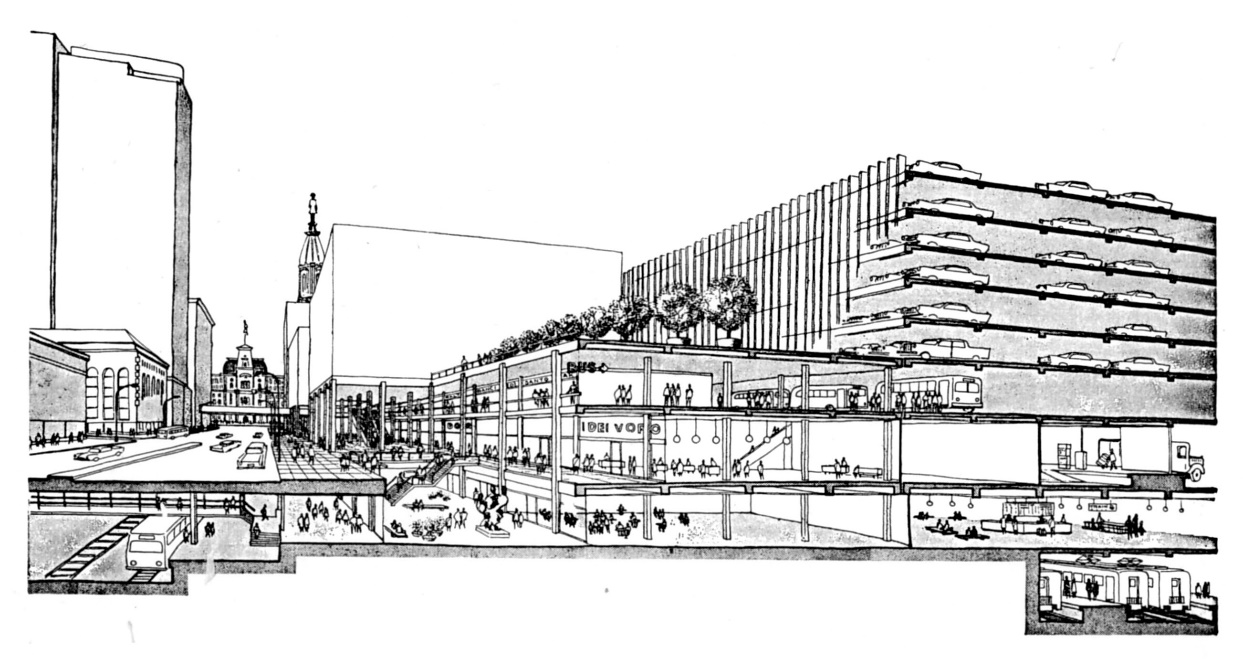
Abstract In Autumn 1962, the British planner, Colin Buchanan, made an extensive tour of the United States while researching his renowned 1963 report Traffic in Towns, a publication which made him the foremost British planner of his generation. Buchanan was seeking lessons from American experiences that might be applied to Britain, then becoming a mass …
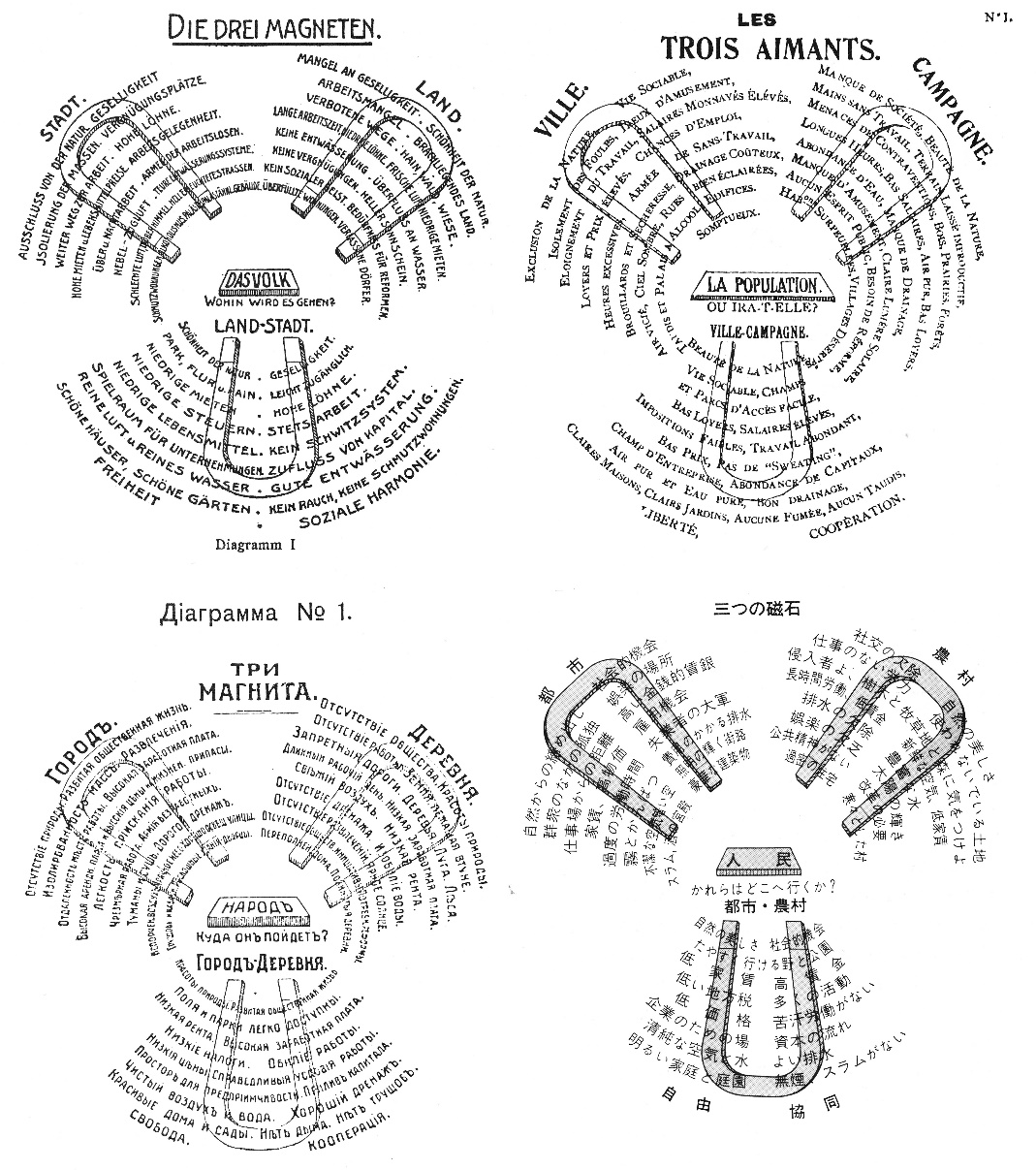
Abstract An important theme of planning history as a research field is how and why planning knowledge has circulated within and between countries, a process planning historians have usually termed ‘diffusion’. These information flows and their resultant impacts soon featured in the work of the post-1970 generation of planning historians. References to how planning in …
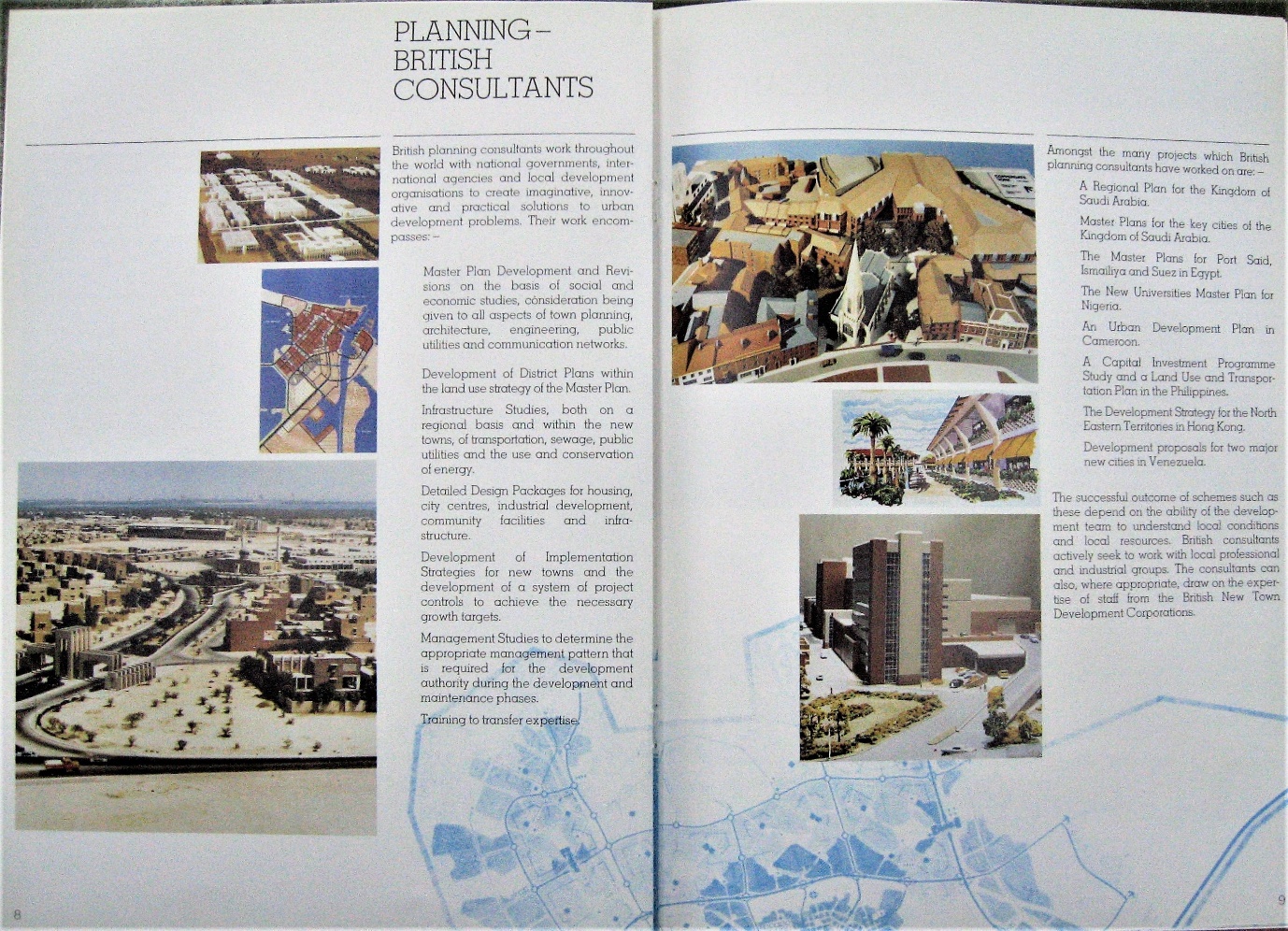
Abstract Reflecting their extensive domestic programmes, the UK and France became major exporters of New Town planning expertise. Yet each country delivered its expertise in different ways. Drawing on the UK’s own New Towns programme, a public sector international New Town planning agency, the British Urban Development Services Unit was created in 1975 but abandoned …










